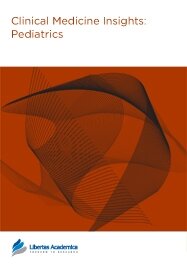

Publication Date: 08 Sep 2013
Type: Original Research
Journal: Clinical Medicine Insights: Pediatrics
Citation: Clinical Medicine Insights: Pediatrics 2013:7 35-40
doi: 10.4137/CMPed.S12524

We examined how obese children perceive a maximal cardiorespiratory fitness test compared with a submaximal cardiorespiratory fitness test. Twenty-one obese children (body mass index ≥95th percentile, ages 10–17 years) completed maximal and submaximal cardiorespiratory fitness tests on 2 separate occasions. Oxygen consumption (VO2) and overall perceived exertion (Borg 15-category scale) were measured in both fitness tests. At comparable workloads, perceived exertion was rated significantly higher (P < 0.001) in the submaximal cardiorespiratory fitness test compared with the maximal cardiorespiratory fitness test. The submaximal cardiorespiratory fitness test was significantly longer than the maximal test (14:21 ± 04:04 seconds vs. 12:48 ± 03:27 seconds, P < 0.001). Our data indicate that at the same relative intensity, obese children report comparable or even higher perceived exertion during submaximal fitness testing than during maximal fitness testing. Perceived exertion in a sample of children and youth with obesity may be influenced by test duration and protocol design.
PDF (519.61 KB PDF FORMAT)
RIS citation (ENDNOTE, REFERENCE MANAGER, PROCITE, REFWORKS)
BibTex citation (BIBDESK, LATEX)
XML
PMC HTML

The publishing experience in Libertas Academica journals is unique. Readers can feel satisfied that publications are peer reviewed. Authors follow simple steps to reach final stage of publication. All readers have access to articles. Journal subscriptions or medical library access is not needed.
Facebook Google+ Twitter
Pinterest Tumblr YouTube